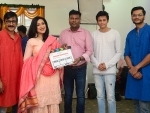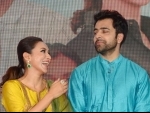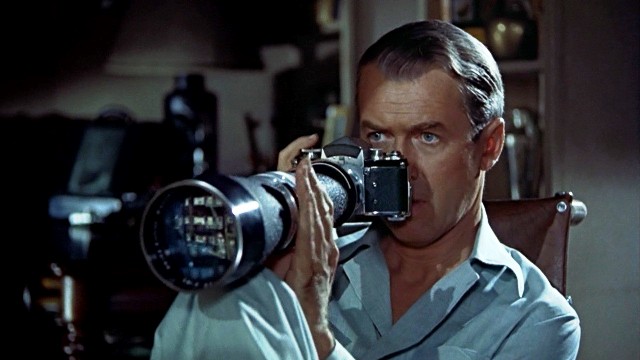
Still waters run deep
This is an age when the moving picture catches your eyeballs constantly to keep you captivated – be on your tablet, the I-phone or your cell, your computer, the television screen or the wide screen. Often the ‘creator’ or photographer is invisible. Till recently it was not so.
World cinema has no dearth of unforgettable celluloid photographers. A few examples show how still photography is not just about recording visual history but also a revelation of the versatility of the camera within the larger screen space created, manipulated and controlled by a character within the film.
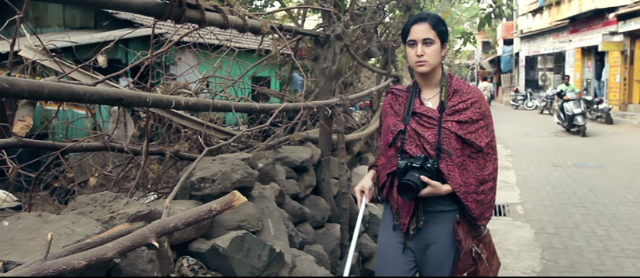 Ship of Theseus
Ship of Theseus
One of the recent important films where photography plays a pivotal role is Anand Gandhi's Ship of Theseus. In the film the first story starts with Aaliya Kamal (Aida El-Kashef), a celebrated Egyptian photographer who is blind and is in the process of undergoing a cornea transplant in India that will restore her vision.
In the film she undergoes a successful surgery but later battles to cope with her photography post regaining her eyesight.
Take Alfred Hitchcock’s Rear Window (1954) for instance. A nail-biting thriller that reveals how the still camera in the hands of an intelligent photographer though trapped temporarily on a wheel chair, can unravel a cold-blooded murder by freezing moments in time and space through an open window. The photographer is no detective but becomes one when he discovers the magic of his camera while under forced confinement.
Italian filmmaker Michelangelo Antonioni’s Blow-Up (1966) a cult film and his first English language film, is also a murder mystery but distanced from Hitchcock’s style and approach. Antonioni focuses his narrative almost exclusively on Thomas (David Hemmings), a fashion photographer who is rude and nasty with his models. His chance ‘adventure’ with his camera in a neighbourhood park makes him suspect that he has uncovered a murder. From then on, the creativity of Antonioni comes to the fore as he moves the script into the dark room of the photographer and the negatives of the photographs he has clicked as he blows them up to find out exactly what he has seen. The murder remains vague and becomes vaguer as the prints are enlarged and the photographer becomes uncertain about what he has really seen.
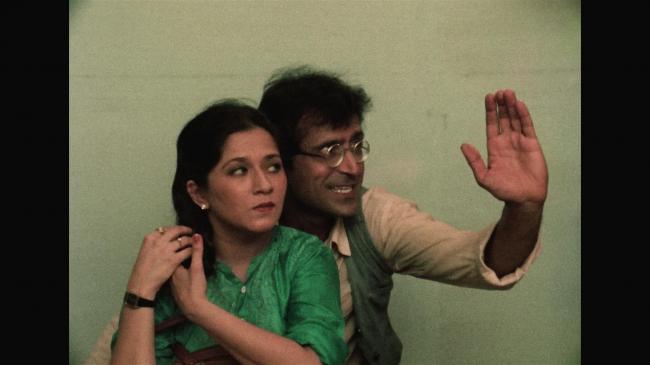 Jaane Bhi Do Yaroo
Jaane Bhi Do Yaroo
The still camera and the photographer who uses it as a character in Indian cinema surfaced in Aparna Sen’s Parama and Mr. & Mrs Iyer, Mrinal Sen’s Khandhar, and Kundan Shah’s Jaane Bhi Do Yaaro. In these films , the still photographer as a character within a film takes him beyond his professional expertise and is presented as a person who can fall in and out of love, who can play-act to save the woman he falls in love with, who can get unwittingly trapped in criminal activities and who can diabolically manipulate a given situation to further his experience and his excellence as a photographer.
Jaane Bhi Do Yaaro (1983) is a dark satire on the rampant corruption in Indian politics, bureaucracy, news media and business, and has an ensemble cast. Professional photographers Vinod Chopra (Naseeruddin Shah) and Sudhir Mishra (Ravi Baswani) open a photo studio in the prestigious Haji Ali area of Mumbai and hope to make enough money to keep it running. But the two are bumbling idiots doomed to fail in their ventures because they are too naïve to understand the complexities of the world. After a disastrous start, they are given some work by an editor of a publication that exposes the scandalous lives of the rich and the famous. These two characters portrayed brilliantly by Shah and Baswani define a milestone in the history of satiric characters in Hindi cinema.
In Mandi (1983), Shyam Benegal uses burlesque as a mode to examine the dynamics of a whorehouse. He tempers the film with black comedy, allowing a certain amount of crude voyeurism in keeping with the socio-economic backdrop of the film’s narrative.
A novelty of the film is its introduction of three male characters that crowd the brothel. One of them (Om Puri), is a photographer. His scenes are set up in a way as to render the thrill of Peeping Toms by creating a character who actually functions as a Peeping Tom. The smalltime photographer walks in and out of the brothel to click dirty pictures for his daily bread. The photographer who uses voyeurism as his way of earning a livelihood is a unique character in Indian cinema.
Aparna Sen in Parama (1984) introduces an internationally renowned still photographer Rahul who comes to India to do a series for a reputed magazine from abroad. Rahul’s camera, along with its accessories and parts, play a significant role in the film. The camera is as much an integral part of Rahul as it evolves into a leitmotif in the film. It recurs throughout the film while Rahul is present, constantly cutting into the dominance of the movie camera. At times, the lines between the SLR markings of Rahul’s camera within the frame of the screen and the movie camera (shooting the film) tend to blur till the sound of the shutter falling or the subject’s freeze marks the difference. Rahul, in fact, appears on screen after his camera does.
Rahul’s camera and its trappings offer several readings to the audience. Rahul’s obsession with his work of which the camera is primary; then, Parama within the frame of the camera and outside the purview of the camera; the camera turning from a recording instrument and an instrument of aesthetic self-expression into a political instrument that can play havoc with the surface peace and happiness of a family; alternately, the camera as an instrument of change that brings about a dramatic change in a woman’s life, her philosophy, her attitude, her looks, and her relationships within marriage.
Rahul, however, despite his torrid affair with Parama is only a catalytic agent in Parama’s life who makes her realise her position within the family – as daughter-in-law, wife, mother and most importantly, as a woman and the photographs he has taken of her later published in an international magazine are catastrophic in forcing her to decide her future course of life.
In the 2009 romantic sci-fi thriller Aa Dekhen Zara, Neil Nitin Mukesh plays a struggling photographer who suddenly inherits a very 'special' camera from his grandfather who was a scientist.
The camera can see the future and deaths and the life changes for the hero and her love interest in the film played by Bipasha Basu.
Far from the commercial appeals of Bollywood, Mrinal Sen’s Khandhar (1984) features a professional photographer, Subhash (Naseeruddin Shah) who comes with two of his friends at a dilapidated mansion inhabited by a bedridden mother and her daughter Jamini (Shabana Azmi) who is engaged to be married to someone who will never come.
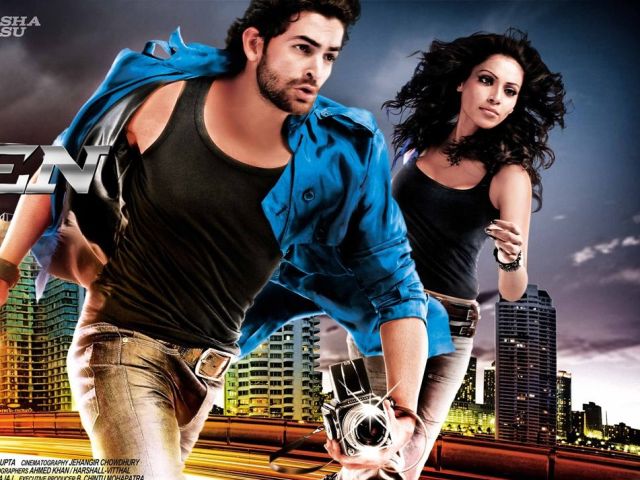 Aa Dekhen Zara
Aa Dekhen Zara
Subhash pretends to be this ‘absent’ fiancée in front of her mother knowing fully well that he would never come again. In the photographs he has taken of Jamini, he discovers a ‘model’ completely different from the ones he photographs in his professional domain.
In the climax, the movie camera slowly pans across photographs in his studio in Calcutta coming to rest on Jamini’s photographs placed beside those of the professional models.
The photographer as manipulator, as a strategist and as a proficient artist comes across lucidly in one of the most understated films by Sen. Cinema, photography and the ways they have been understood have changed constantly and this comes across in these films.
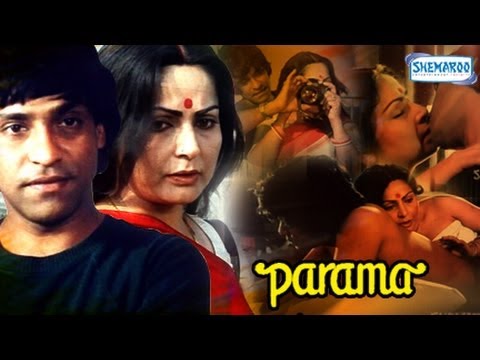
Support Our Journalism
We cannot do without you.. your contribution supports unbiased journalism
IBNS is not driven by any ism- not wokeism, not racism, not skewed secularism, not hyper right-wing or left liberal ideals, nor by any hardline religious beliefs or hyper nationalism. We want to serve you good old objective news, as they are. We do not judge or preach. We let people decide for themselves. We only try to present factual and well-sourced news.





